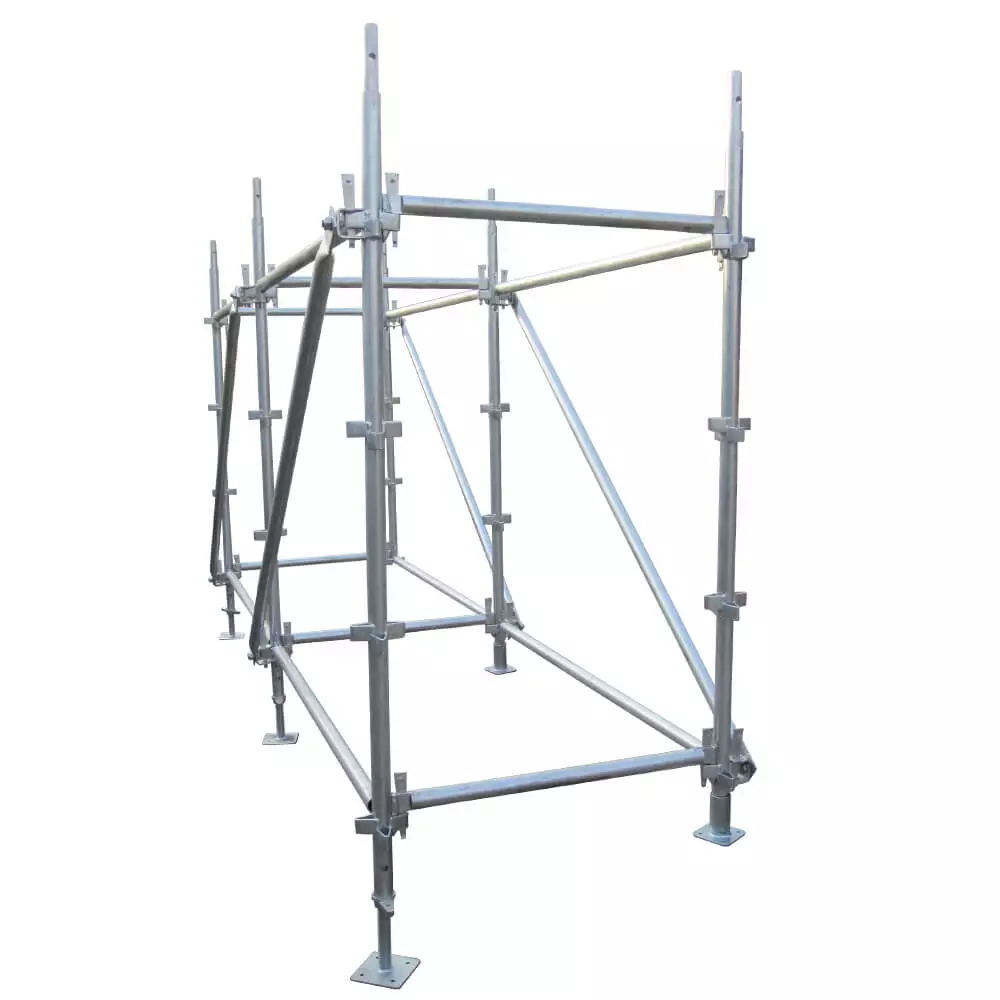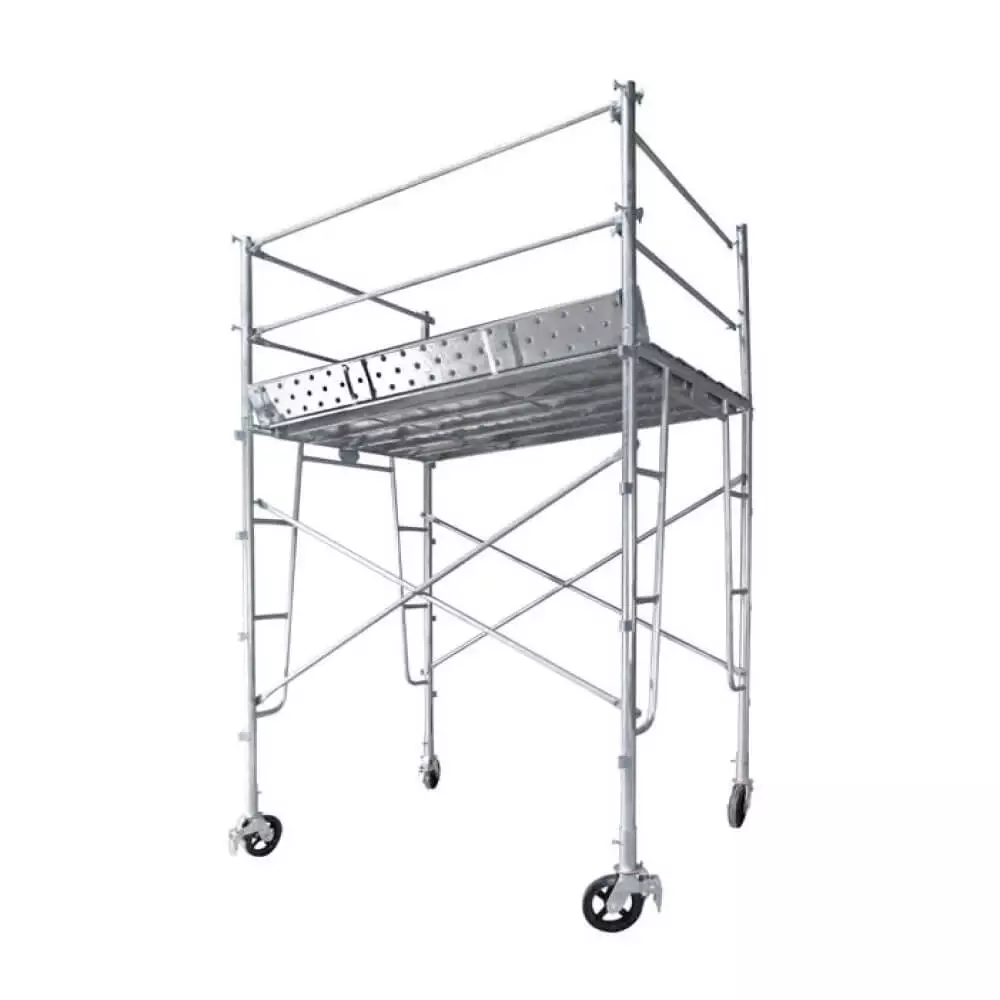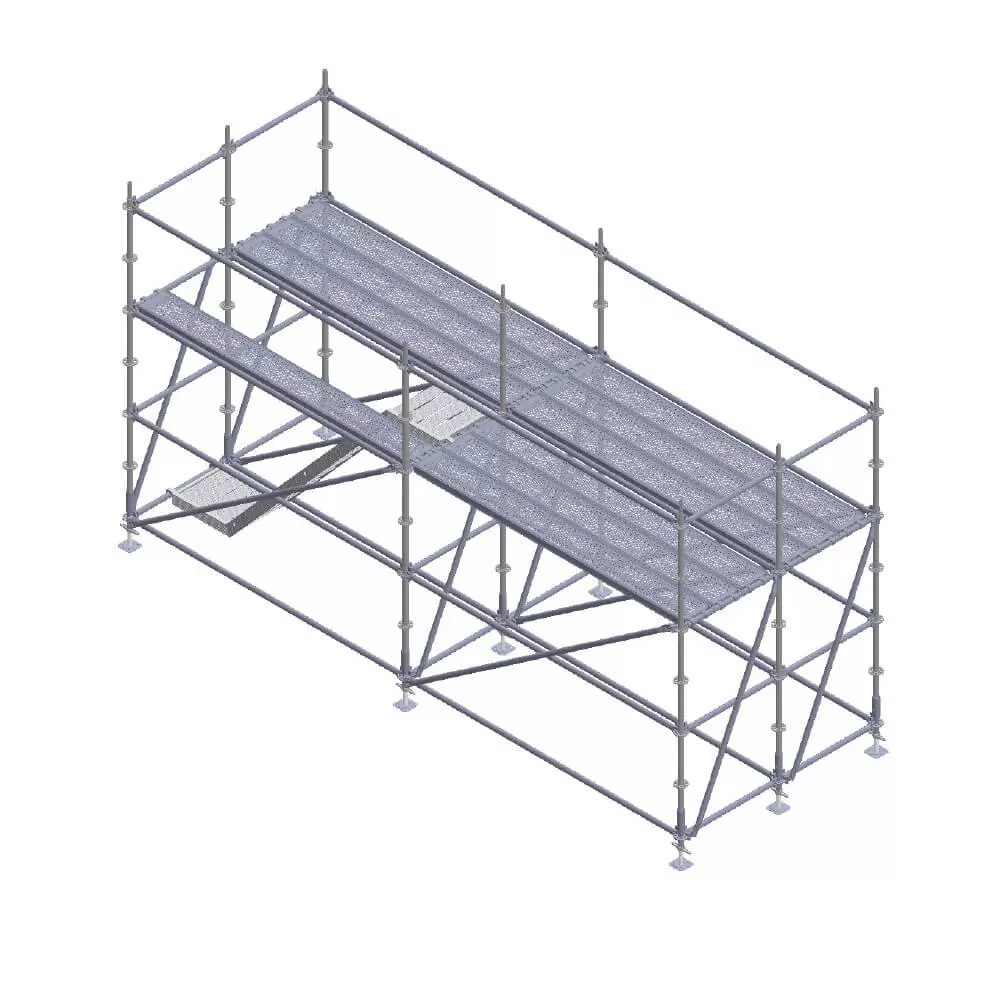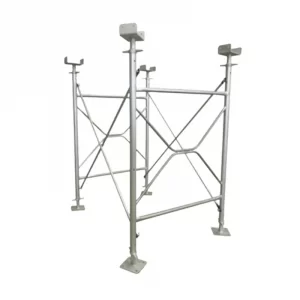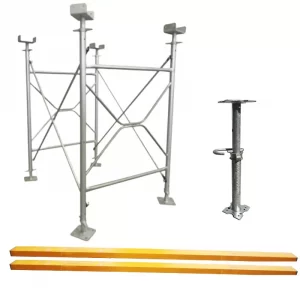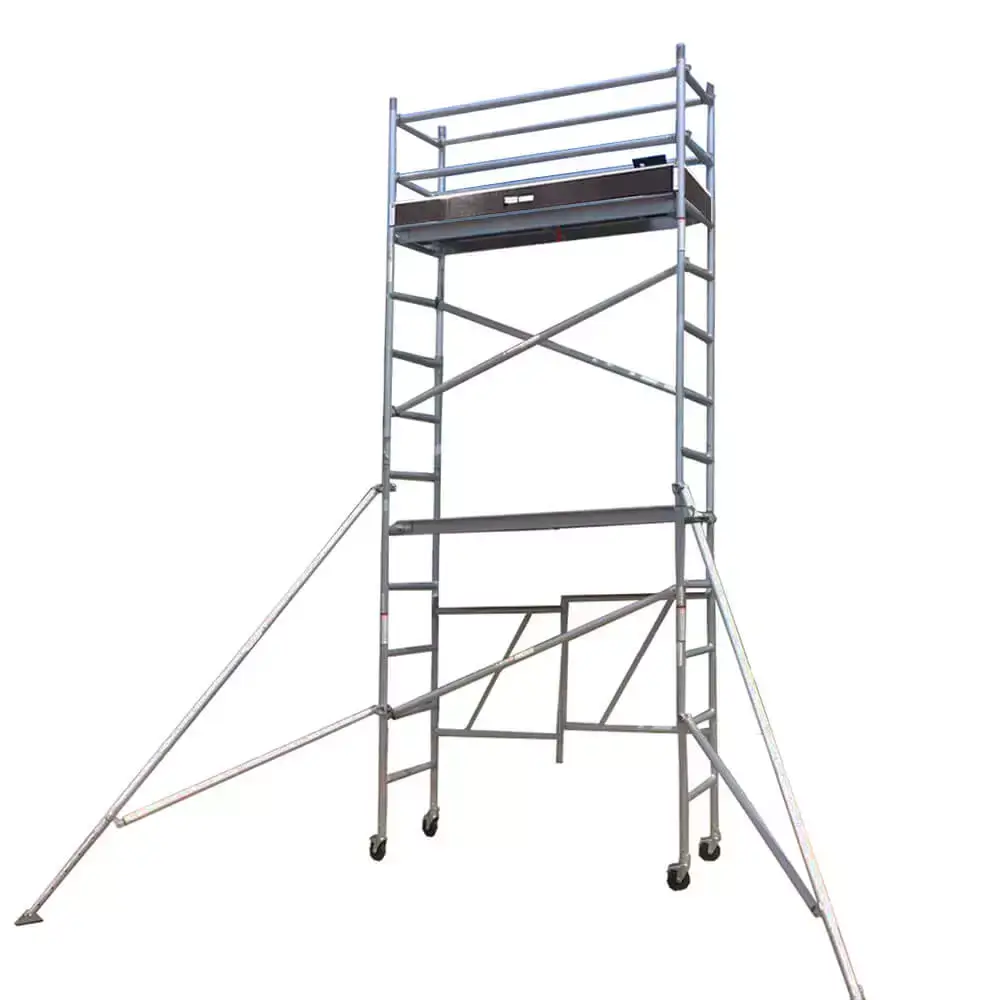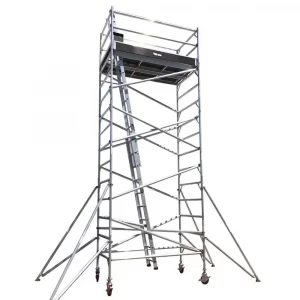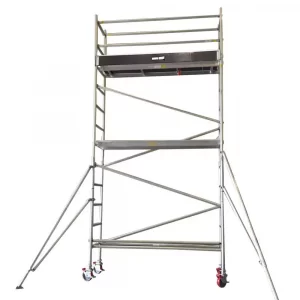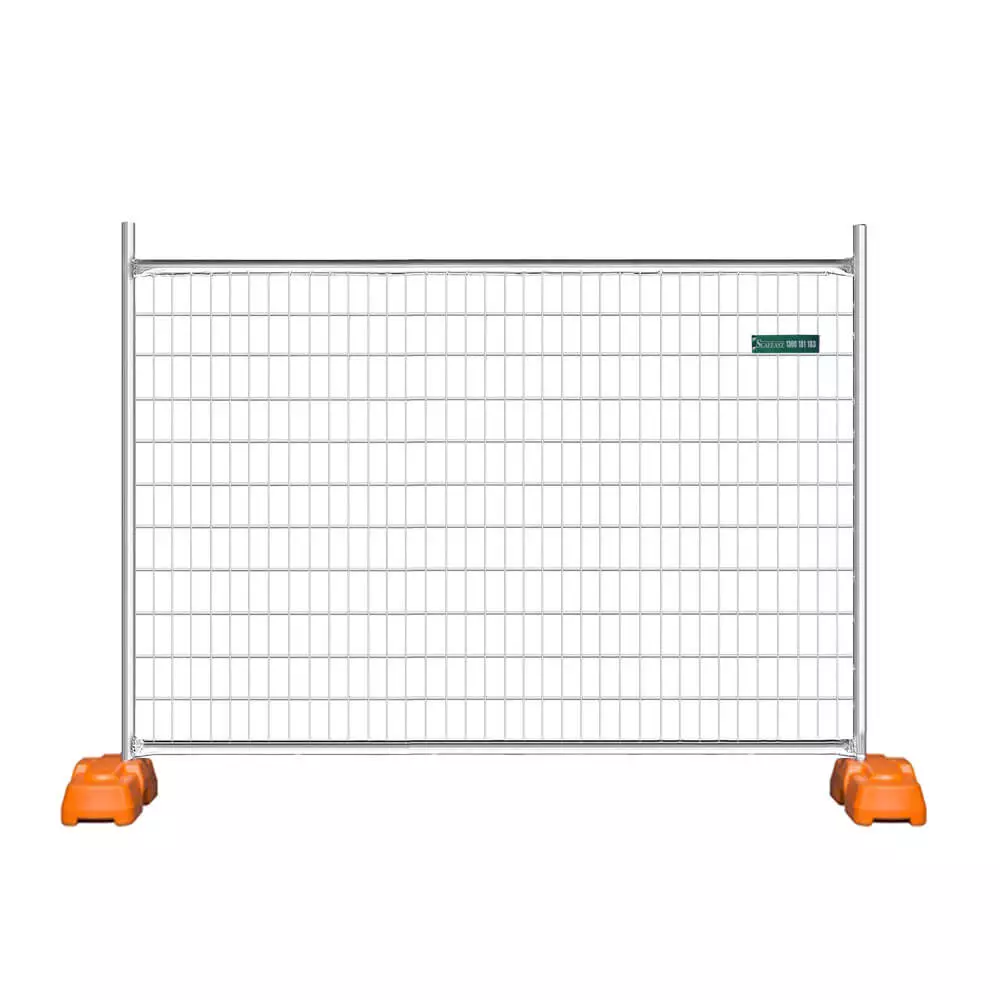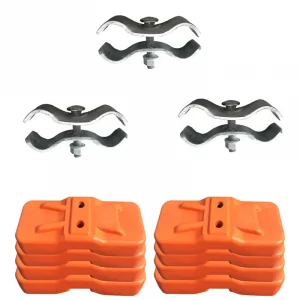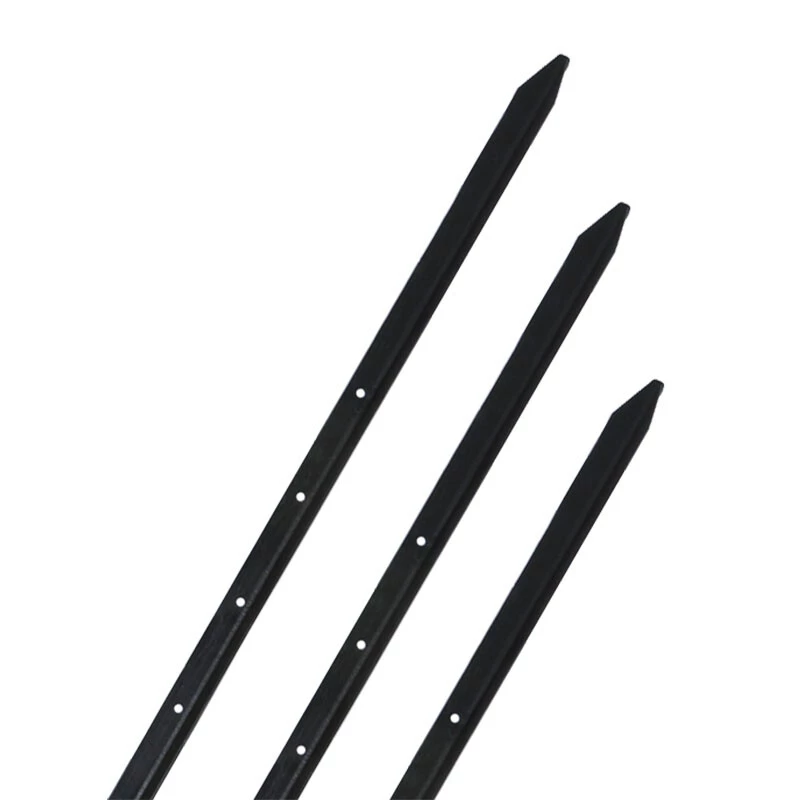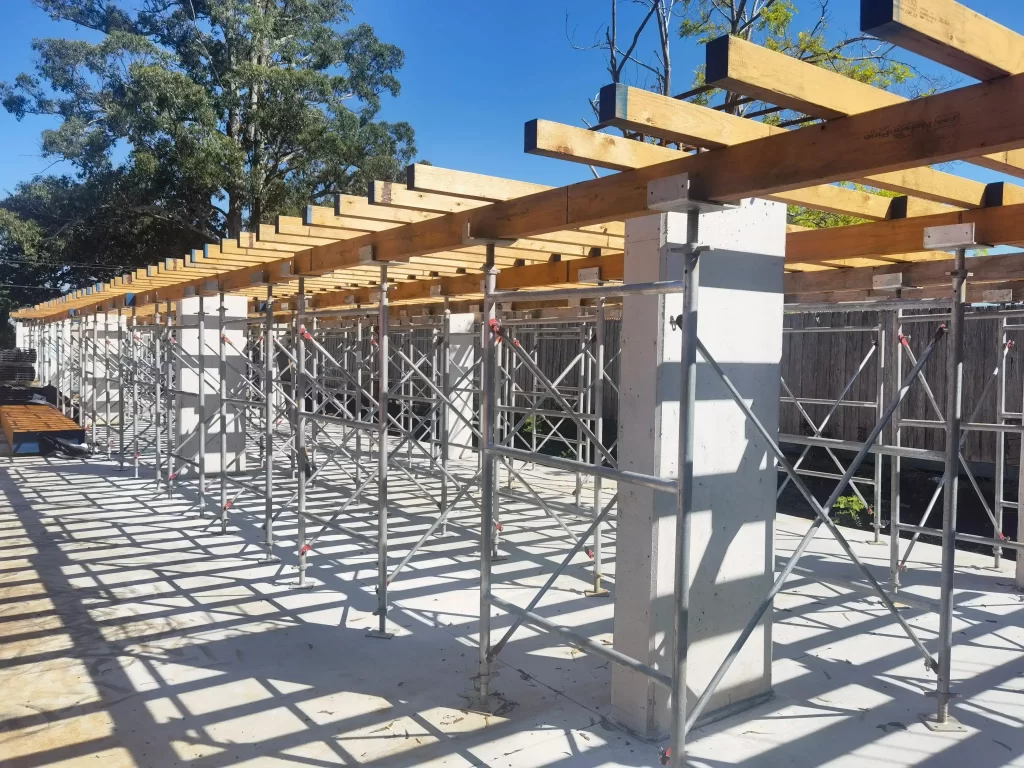Table of Contents
Builders require strong, durable timber for commercial construction and few come close to Laminated Veneer Lumber (or LVL Timber) strength. For those unfamiliar with the term, below we explain what is LVL timber, its history, popularity, and importance.
What is LVL Timber?
LVL Timber is an engineered lumber product popular in the construction industry for its strength. Applications include load-bearing in formwork, where beams assist in holding wet concrete slabs in place until they dry.

The manufacturing plant creates thin veneer sheets bound together with heavy-duty adhesive. This lean manufacturing process results in a structural timber product with strength similar to steel. LVL can be used anywhere regular timber can.
History of LVL Timber
Laminated Veneer Lumber originated during World War Two. The United States passed the Lend-Lease Act of 1941 to supply Great Britain while remaining neutral. The global mega-power was churning through old forest growth at an accelerating rate after passing the act. The situation only became worse upon entering the conflict in late 1941.
Arthur Troutner was an aircraft mechanic who witnessed the timber shortage. Troutner was a gifted mechanic. On the manufacturing floor, his work adding new advancements to aircraft still in production was critical. A great concern for his team was finding materials to substitute for those in short supply.
At the end of the war, Troutner became an architect. The young man’s previous experiences fuelled his desire to create a stronger product with more efficient manufacturing. By 1971, the first LVL Prototype was on the market, rating 2.5 times the strength of sawn lumber. Through the imagination of Arthur Troutner, we have the LVL Timber we know and use today.
LVL Timber Manufacturing process
Manufacturing LVL Timber is a costly process to set up but necessary to achieve efficient output. The aim is to generate a minimal amount of wastage per log.
The process starts in timber plantations. Logs are loaded and shipped to the manufacturing plant, where the laminating operation begins. Hectares of forest undergo a cyclical process where the cleared land is reseeded and left to grow. Logging operations continue in other sections of the forest before returning to the original area to begin the whole cycle again. Australia and New Zealand commonly use Rubberwood and Radiata Pine.

Logs undergo scanning for metal debris upon arriving at the manufacturing plant. Only when they pass scans will they be put into storage. The stockpile is known as a feedstock bin. Lumber sits here until it is ready to enter the production line.
After sorting and being cut into standard lengths, the logs enter the production line. Each individual piece is scanned to determine the maximum recoverable amount of timber possible. Each log undergoes debarking to leave the raw timber and hot water steaming to ensure a nice, clean peel.
The lumber is now ready to convert into timber sheets. Logs slot into heavy machinery known as a lathe. Timber sheets simultaneously rotate and peel into veneer sheets at the same time. An angled blade sits beneath the log while a pressure bar is positioned at a right angle to create a peeling effect. The pressure bar ensures an identical thickness through the sheet while preventing surface cracks.

The lathe ensures all high-strength timber is available to use on the manufacturing line. Upon depleting the resource, the leftover core is sorted back into storage for use on cheaper timber products that do not require the same structural rating. The lathe follows the core design philosophy of LVL Timber, which is to minimise wastage.
The lathe is perhaps the most important step in producing Laminated Veneer Lumber. Regular sawn lumber can contain strength-reducing knots that impact the product’s structural integrity. Slicing the entire log into a thin veneer sheet eliminates knots and defects by spreading them across many timber products. The result is a product with greater structural integrity than conventional lumber.
The next step in the production line is to clip the sheets. The purpose of this step is to allow for easier storage and transport of the veneer sheets. The new smaller cuts run through computers that scan for moisture content to determine the time spent in the dryer. The cuts are then sorted by thickness and strength to streamline the rest of production.
Timber sheets at this stage are very malleable as they hold up to 30% in moisture content. Veneers load onto a treadmill, blow-dried, and left with a 6% moisture content. Additional sensors await at the end to sort pieces by their moisture, strength, and structural properties.

The veneers rearrange while a machine cuts the shorter edges into a mitre. A mitre is cut at an angle; its purpose is to allow veneers to slot together in a scarf joint. Sheets then pass through a ‘glue curtain’ where the top side is doused with the adhesive that will bond the sheet together. The glue itself is phenol-formaldehyde and provides waterproofing.

Machinery now lays veneer sheets down to form a continuous billet. A cold press compresses the sheets and removes the air pockets, while a hot press at over 200 degrees Celsius gives the billet structural adhesion. The timber is now cut into various products and shipped after completing tests for standard compliance.

Applications
Although there are finished grades suitable for floors and walls, LVL Timber’s primary use is structural applications.
Due to their strength, Scaffold Timber Planks incorporate LVL wood as a platform on Kwikstage systems. The flexibility to produce longer products suits Kwikstage, as certain structures can stretch over 100 metres.
LVL Beams can act as roof beams, trusses, and studs. It is particularly popular in formwork solutions; supporting elevated concrete slabs until they set and become self-supporting on residential and commercial projects.

Advantages
Laminated Veneer Lumber offers an array of advantages in both formwork, commercial, and residential buildings. The list of LVL timber applications shows it as a versatile product. LVL features incredible strength comparable to steel thanks to the veneer sheets, high-strength glue, and lack of knots.
Using the lathe to peel logs allows manufacturers of any size. A wide variety of thicknesses and lengths are available for sale at wholesalers, but custom orders are also possible depending on the project size. The lathe also creates a high yield of high-strength timber, reducing cost and creating a more sustainable timber supply.
The design of laminated veneer lumber means the product is free of warps and splits. The product is designed to resist shrinkage or warping from exposure; however, the builder must provide appropriate storage.
LVL Timber has additional environmental benefits beyond the plantations it’s sourced from. LVL Beams act as carbon storage even after logging and production. Despite its wood composite, LVL Timber is highly fire-resistant. Pressed veneer sheets resulting in a high density means only the outer layer will char initially. The char acts as a defence and allows the beam to maintain its strength for a prolonged period of time. This can ultimately save lives in the event of a fire inside a building.
Disadvantages
Laminated Veneer Lumber has logistical pitfalls, despite being a fantastic building material. Timber can and will warp if builders fail to store the beams appropriately. Unfortunately, not even Laminated Wood is immune to decay from termites.
Setting up a capable manufacturing plant requires a sizeable amount of capital to install. This can act as a barrier to communities and regions hoping to begin their own production and areas with low demand.
Why is LVL is Important to the construction industry?
LVL’s importance will continue growing as efficient resource use becomes necessary for population growth. Not only is Laminated Veneer Lumber an efficient use of timber, but it’s also a carbon-friendly alternative.
LVL has strength comparable to steel but requires less energy in production. Construction sites save money while achieving similar structural integrity for their worksite.
Sustainable forests and logged wood in houses remove the carbon equivalent of 230,000 cars yearly. Efficient logging and timber production goes beyond sustainable plantations.

LVL Timber is an excellent example of sustainable resource use and a highly durable material that offers strength and versatility. For more information about LVL and product specifications, contact our team at Australia Scaffolding & Formwork or view the FAQ below.
Frequently Asked Questions
Is LVL Timber Waterproof?
Veneer sheets use phenol-formaldehyde resin to bind sheets and offer a waterproof bond. Despite this, continued exposure to unfavourable conditions or drilling holes in the beam will result in warping.
Do Termites Eat LVL Timber?
Unfortunately, LVL Beams are unsafe from termite attacks and necessary precautions should be taken to prevent damage.
Is it Okay to Drill or Rip LVL Beams?
Drilling through Laminated beams is possible but can affect the integrity of the beam itself. It is okay to rip timber beams; it is how they are made in the manufacturing process. However, builders must take care to understand the new capacity of the beam after ripping.
What is a Linear Metre in Timber?
It is a method for pricing materials based on their length. It measures lengthwise along a timber beam and the term is often used by builders when shopping between different wholesalers.


